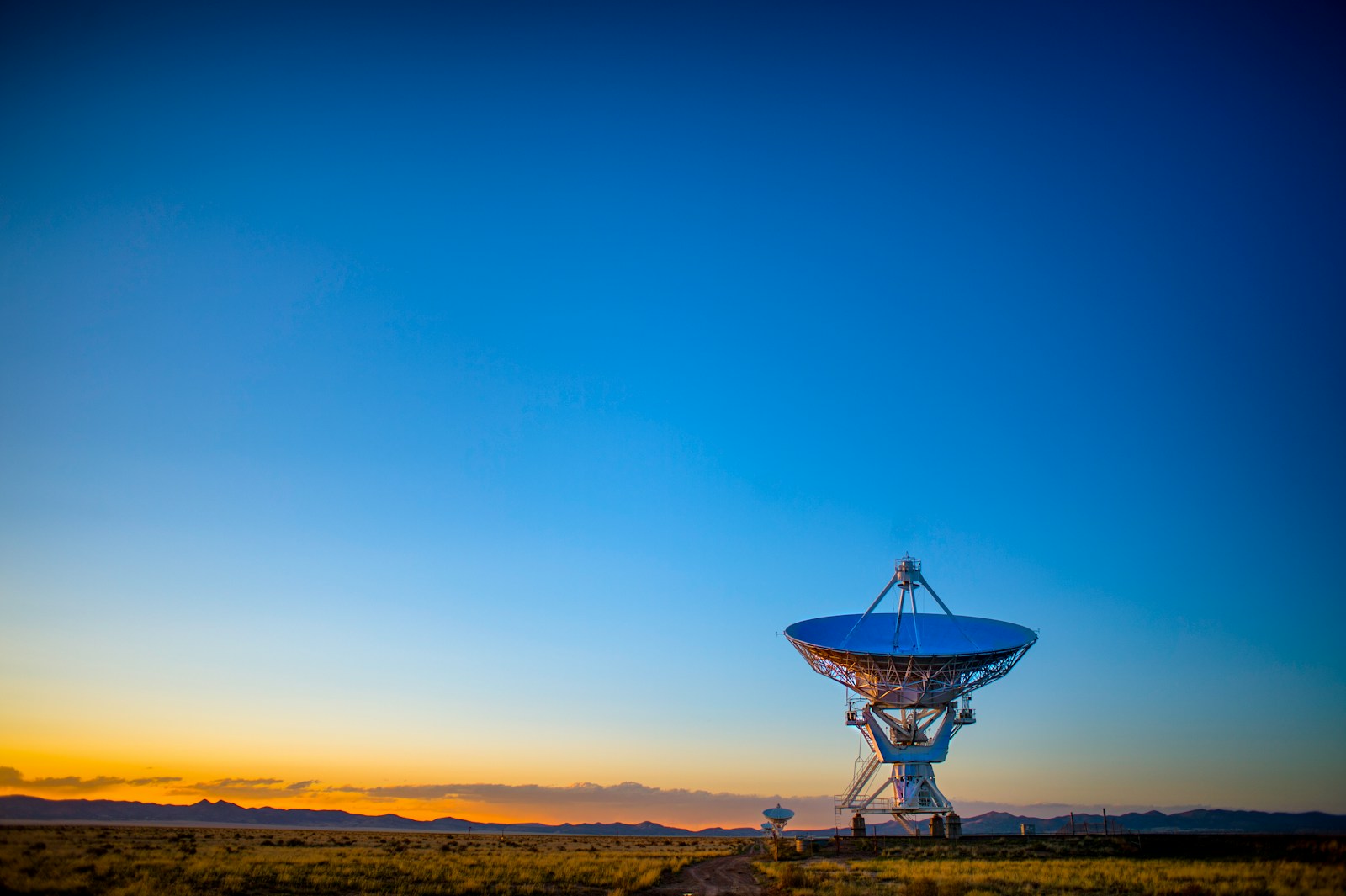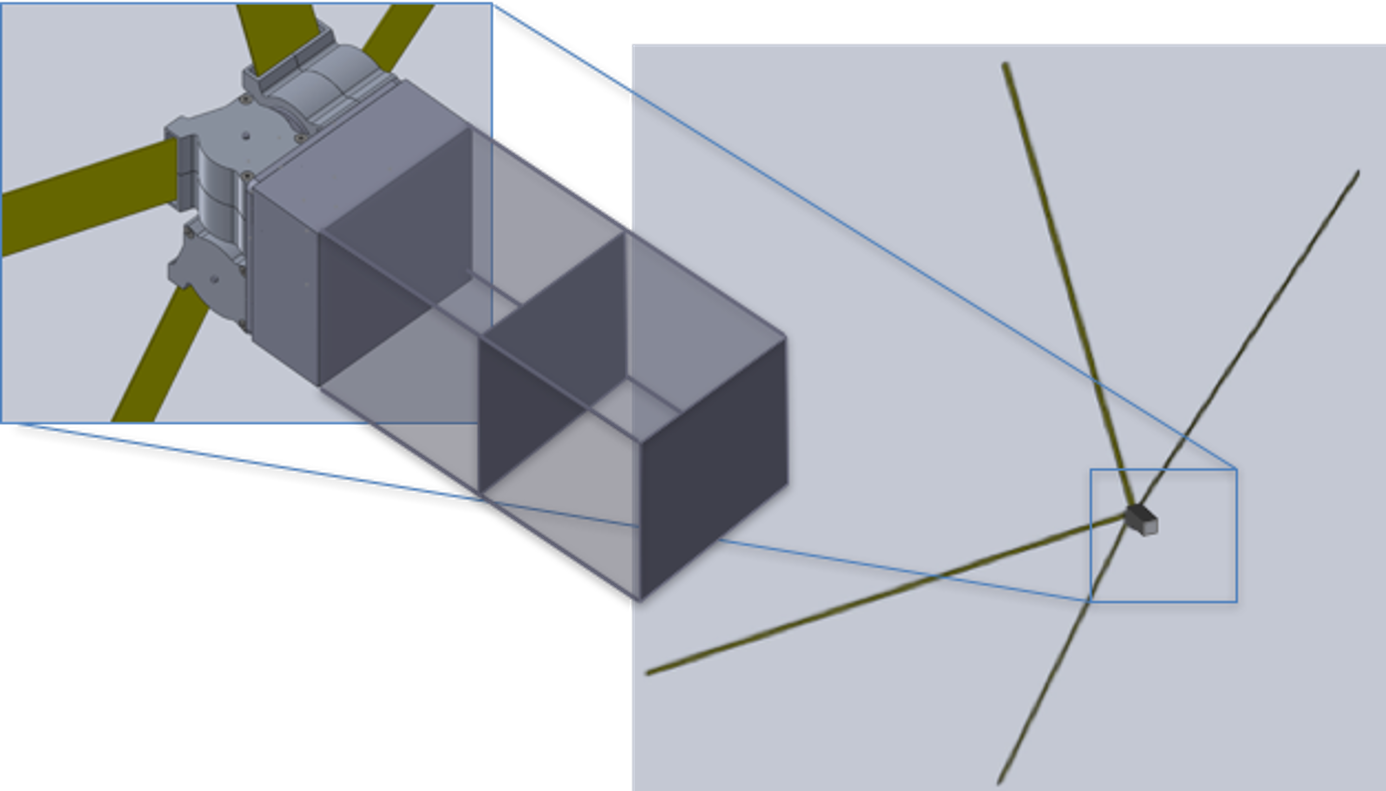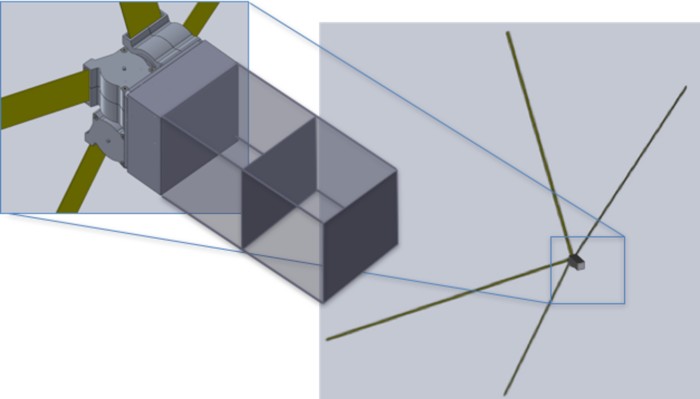Insider Brief:
- NASA’s Deep Space Station 13 has demonstrated its ability to receive both radio frequency and optical signals simultaneously from deep space.
- The antenna successfully tracked and decoded the downlink laser from NASA’s Deep Space Optical Communications (DSOC) technology demonstration aboard the Psyche spacecraft.
- The successful tracking of DSOC’s downlink laser, even from distances as far as 20 million miles away, highlights the efficacy of optical communication, boasting speeds up to 40 times faster than traditional radio frequency transmissions.
NASA’s Deep Space Station 13, nestled within the Goldstone complex in California, has demonstrated its ability to receive both radio frequency and optical signals simultaneously from deep space, a groundbreaking milestone in space communication. The experimental antenna is an integral part of NASA’s Deep Space Network (DSN) and has been retrofitted with an optical terminal. The antenna successfully tracked and decoded the downlink laser from NASA’s Deep Space Optical Communications (DSOC) technology demonstration aboard the Psyche spacecraft.
This achievement underscores the potential for giant dish antennas like those in the DSN to be equipped for optical, or laser, communications in addition to their traditional radio wave functionalities. The incorporation of optical communication holds promise for revolutionizing space exploration capabilities by enabling the transmission of vast amounts of data, thus bolstering the DSN to meet the growing demands of space missions.
At the heart of this innovation lies the optical terminal mounted on Deep Space Station 13, featuring seven hexagonal mirrors meticulously designed to collect signals from DSOC’s downlink laser. These mirrors, reminiscent of the light-collecting aperture of advanced telescopes, redirect the laser photons to a camera positioned above the antenna’s surface. The captured signal is then transmitted via optical fiber to a specialized detector, enabling precise data reception.
The successful tracking of DSOC’s downlink laser, even from distances as far as 20 million miles away, highlights the efficacy of optical communication, boasting speeds up to 40 times faster than traditional radio frequency transmissions. Furthermore, the recent transmission of a team photograph on January 1, 2024, showcases the practical application of this technology in real-world scenarios.
Looking ahead, NASA envisions even greater possibilities for optical communication, with plans to enhance the sensitivity of antennas to detect signals from missions as distant as Mars. The development of a scaled-up version of the antenna, featuring 64 segments, holds promise for future endeavors in space communication, paving the way for enhanced data transmission capabilities.
The success of DSOC not only propels the boundaries of space communication but also lays the groundwork for future missions, including human exploration of Mars. By leveraging optical communication alongside traditional radio frequencies, NASA aims to establish a robust infrastructure capable of meeting the evolving needs of space exploration.
As NASA continues to push the boundaries of space technology, the integration of optical communication stands as a testament to innovation and progress in humanity’s quest to unravel the mysteries of the cosmos. With each milestone achieved, the path toward unlocking the secrets of deep space grows ever clearer, guided by the beacon of technological advancement.
If you found this article to be informative, you can explore more current space industry news, exclusives, interviews, and podcasts.
Share this article:








